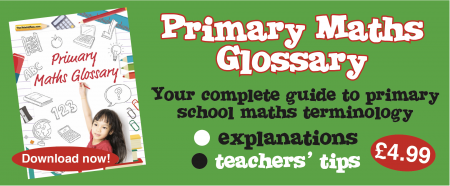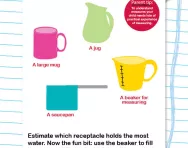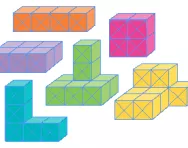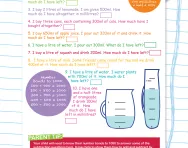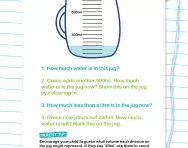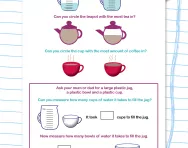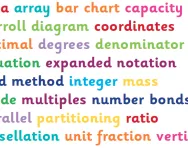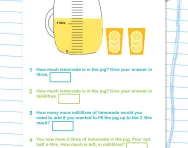Important update from TheSchoolRun
For the past 13 years, TheSchoolRun has been run by a small team of mums working from home, dedicated to providing quality educational resources to primary school parents. Unfortunately, rising supplier costs and falling revenue have made it impossible for us to continue operating, and we’ve had to make the difficult decision to close. The good news: We’ve arranged for another educational provider to take over many of our resources. These will be hosted on a new portal, where the content will be updated and expanded to support your child’s learning.
What this means for subscribers:
- Your subscription is still active, and for now, you can keep using the website as normal — just log in with your usual details to access all our articles and resources*.
- In a few months, all resources will move to the new portal. You’ll continue to have access there until your subscription ends. We’ll send you full details nearer the time.
- As a thank you for your support, we’ll also be sending you 16 primary school eBooks (worth £108.84) to download and keep.
A few changes to be aware of:
- The Learning Journey weekly email has ended, but your child’s plan will still be updated on your dashboard each Monday. Just log in to see the recommended worksheets.
- The 11+ weekly emails have now ended. We sent you all the remaining emails in the series at the end of March — please check your inbox (and spam folder) if you haven’t seen them. You can also follow the full programme here: 11+ Learning Journey.
If you have any questions, please contact us at [email protected]. Thank you for being part of our journey it’s been a privilege to support your family’s learning.
*If you need to reset your password, it will still work as usual. Please check your spam folder if the reset email doesn’t appear in your inbox.
What is capacity?
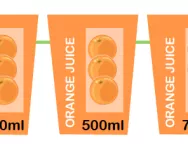
What is capacity?
Measuring capacity in KS1 and KS2
Children start learning about capacity in Key Stage 1, where they might be asked to work out how many cupfuls of water will fit in an empty jug. In Year 2 they will start to talk about millilitres and litres and would be shown what a litre of water looks like. They also learn that a litre of water can look different depending on the container it is put in. They will be asked to measure amounts of water in millilitres, using a measuring jug or cylinder.
In Year 3 children start to learn about the relationship between millilitres and litres. They are taught that there are 1000 ml in one litre. They are also given activities to do, involving measuring amounts of water in a measuring jug in millilitres. They might be given a picture of a measuring jug where the water is shown to be halfway between the 100ml and 200ml marks and asked to say how much water is in the jug. Children in Year 3 are also given capacity problems to solve involving comparing, adding and subtracting measurements of liquid.
In Year 4 children start to be taught about using decimal notation to record capacity (for example, 1.2 litres and 0.6 litres). They need to be able to work out how much water was in a measuring jug (or picture of a measuring jug) even if the scale is partially numbered. They will be asked to convert between different units of measure (for example: know that 3.4 litres is 3400ml and 700ml is 0.7 litres).
In Year 5 children continue to convert measures. They will have to interpret a reading that lies between two unnumbered divisions on a scale, for example they would need to work out that this arrow is pointing at 800ml:
They will also use all four operations (+ - x ÷) to carry out capacity problem-solving, for example:
I have 2 litres of water. I need to divide it into 5 smaller jugs equally. How much water in ml will be in each of the five small jugs?
For this question, a child would need to know that 2 litres is the same as 2000ml. They would then need to divide 2000 by 5 to make 400ml.
They will also begin to use approximate equivalences between litres and pints.
In Year 6 children are expected to know how to convert between units using decimals to three places, for example: they would need to change 3.69 litres to 3690 ml, or 9270ml to 9.27 litres, or 8.392 kilograms to 8392 grams.They continue to read scales to work out the capacity of certain amounts of liquid, but they start to have to make approximate measurements using their existing knowledge of capacity. They may have to compare readings on different scales, for example, being able to see which of these containers contains the most water:
For the measuring jug on the left, they would need to work out that each division represents 250ml, therefore there is 500ml of water in the jug. For the measuring jug on the right, they would need to work out that each division represents 200ml, therefore there is 800ml of water in the jug.
